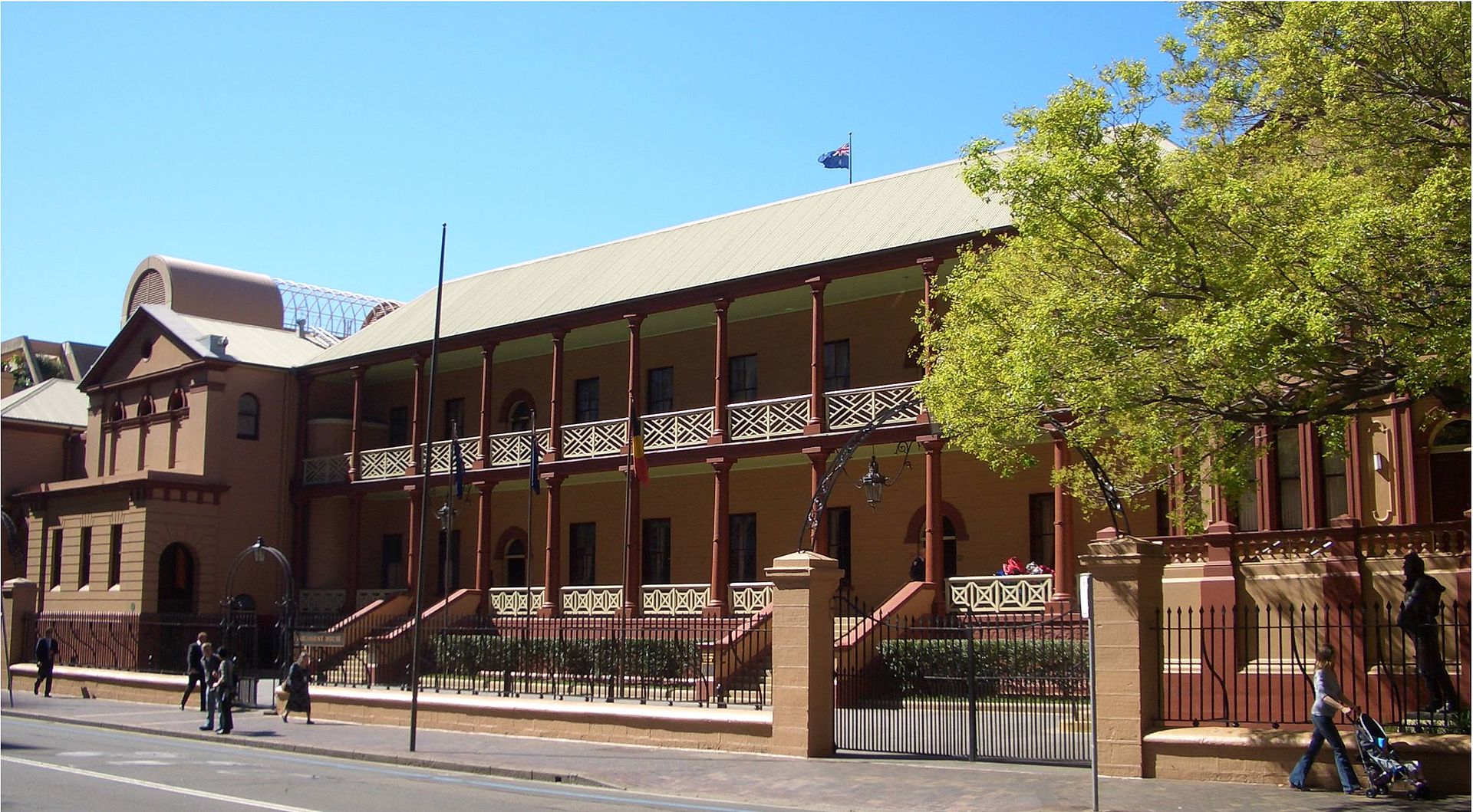New QIMR Berghofer research has identified how an early genetic change in blood and bone marrow cells paves the way for the development of some blood cancers.
The discovery provides a new target for treatment of the blood cancers myelodysplastic syndrome (MDS) and acute myeloid leukaemia (AML). MDS is often a precursor cancer to AML, a highly aggressive form of leukaemia.
The research findings have been published in the prestigious international journal Nature Communications.
Lead researcher and the head of QIMR Berghofer Medical Research Institute’s Cancer Program, Associate Professor Steven Lane, said his team engineered the transcription factor Cdx2 into normal mouse blood cells, and this resulted in the development of MDS and AML.
“We found that Cdx2 hijacks and corrupts how other genes behave in blood and bone marrow cells. It sows the seeds of vulnerability which then allows the development of other genetic mutations that lead to cancer,” Professor Lane said.
“It’s a step-wise process that closely reflects the progression of human MDS to AML, where genetic mutations occur in blood and bone marrow stem cells and these immature cells become a reservoir for leukaemia.
“Cdx2 isn’t usually present in normal blood formation, so our study on mice showed its presence in the early stem cell stage of development was the likely driver of leukaemia.
“It’s possible that targeting the early processes leading to MDS in patients might prevent the acquisition of other mutations that lead to acute leukaemia.”
As part of the study the researchers also tested how existing anti-leukaemia drug azacitidine affected the Cdx2 gene.
Associate Professor Lane, who is also a clinical haematologist at the Royal Brisbane and Women’s Hospital, said azacitidine is currently funded under the Pharmaceutical Benefits Scheme for the treatment of MDS.
“We found that reducing the dosage of the medication and giving it over a longer period of time was more effective in killing off Cdx2 cells and leukaemia cells than the standard treatment regimen that provides high dosages of azacitidine at intermittent intervals,” he said.
“There is a new, oral form of azacitidine that might be more suited to the lower dose, extended treatment regimen, but further tests will be necessary to determine its efficacy in patients.”
According to the Leukaemia Foundation, MDS is a common blood cancer in patients over the age of 60. It can affect children but is less common in younger age groups. It can turn into AML, which is a rare type of leukaemia, accounting for 0.8 per cent of diagnosed cancers, and is hard to treat.
The study findings can be accessed on the Nature Communications website.
The research was funded by the National Health and Medical Research Fund of Australia and the Leukaemia Foundation of Australia. Celgene – a Bristol-Myers Squibb company supplied azacitidine and provided additional research funding for the study.
Quick Facts:
MDS affects between 20 and 50 people per 100,000 according to the Leukaemia Foundation. It develops slowly and patients often do not show symptoms for a long time.
About 900 Australians are diagnosed with AML each year. It can occur at any age but is more common in adults over the age of 60. About 50 children (0-14 years) are diagnosed with AML in Australia each year.
Fewer than one in four people are still alive five years after being diagnosed with AML according to Cancer Australia.







